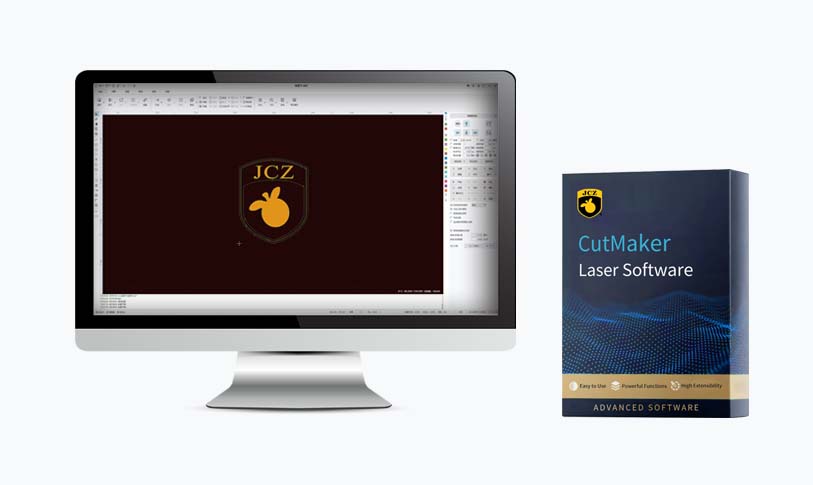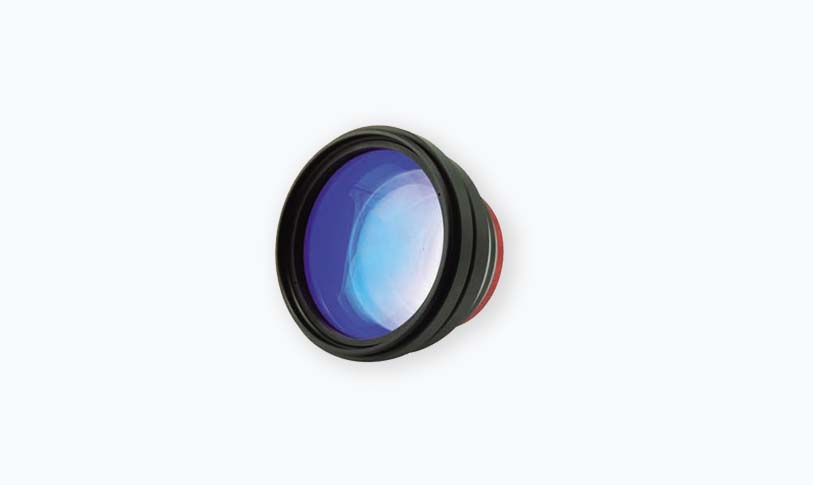The world of 3D printing has revolutionized manufacturing and prototyping, offering incredible possibilities for creators and engineers alike. However, to unlock the full potential of a 3D printer, the right software is essential. For users on Linux, the choices can be less straightforward due to varying software compatibility and the diverse landscape of operating systems. In this article, we will explore some of the best 3D printer software options available for Linux, providing insights that will help you maximize your printing experience.
The Importance of 3D Printer Software
Before diving into specific software options, it is vital to understand the role of 3D printer software in the printing process. It acts as a bridge between your imagination and the tangible object you wish to create. The software converts 3D models into instructions (G-code) understandable by your printer while allowing you to modify settings such as print speed, temperature, and layer height. For Linux users, the quest for reliable and efficient software can make or break the printing experience.
Popular 3D Printer Software for Linux
1. **Cura**
Cura is undoubtedly one of the most popular slicing software options for 3D printing, and fortunately, it fully supports Linux. Developed by Ultimaker, Cura is known for its user-friendly interface, making it accessible for beginners while still offering advanced features for experienced users.
Cura supports a wide range of printers and allows for precise control over printing settings. It is equipped with a library of pre-configured profiles for many common printers and supports custom profiles for those who prefer a more tailored approach. Additionally, it excels in generating G-code optimized for your specific printer, ensuring high-quality prints.
2. **PrusaSlicer**
Originally designed for Prusa 3D printers, PrusaSlicer has evolved into a versatile tool suitable for a variety of 3D printers. This open-source software is packed with features that cater to both novice and advanced users. Its intuitive interface and extensive customization options make it a robust choice for Linux users.
PrusaSlicer provides a variety of print modes, including single and multi-material printing, support for modifiers, and advanced features such as variable layer height. The software is consistently updated with new features and improvements, making it a great option for the ever-evolving world of 3D printing.
3. **MatterControl**
For those looking for an all-in-one solution, MatterControl is an excellent choice. This open-source software is not just a slicer; it also functions as a 3D modeling tool, making it unique among its peers. Users can design, slice, and manage their 3D prints all within the same application.
MatterControl allows for cloud-based project management, supporting integration with various printers. It includes features like customizable layouts and a variety of pre-installed designs, making it easy for users to start printing without prior design experience. The software is actively developed, ensuring that Linux users receive continuous support and updates.
4. **Repetier-Host**

Exploring the Best 3D Printer Software for Linux: A Comprehensive Guide to Printing Success on Open-Source Platforms
Repetier-Host is another robust option for Linux users, offering a powerful control interface for 3D printers. This software not only supports slicing but also provides a way to manage the printer directly with features like manual control, temperature settings, and monitoring capabilities.
One of the standout features of Repetier-Host is its ability to support multiple printer connections simultaneously, making it a suitable choice for users who operate more than one printer. The software also allows for extensive customization of printer settings and workflows, making it versatile for multiple printing needs.
5. **Slic3r**

Exploring the Best 3D Printer Software for Linux: A Comprehensive Guide to Printing Success on Open-Source Platforms
Slic3r is one of the original slicing software solutions and remains a popular choice among the Linux 3D printing community. Its straightforward interface and powerful slicing engine make it a reliable option for creating G-code for a variety of printers.
Slic3r offers advanced features like multi-material support, customizable support structures, and an extensive range of print settings. Users can also take advantage of configuration profiles that can be easily saved and shared, enhancing collaboration within the 3D printing community.
Conclusion

Exploring the Best 3D Printer Software for Linux: A Comprehensive Guide to Printing Success on Open-Source Platforms
Choosing the right 3D printer software for Linux can significantly affect your printing outcomes. With options like Cura, PrusaSlicer, MatterControl, Repetier-Host, and Slic3r, Linux users have access to powerful tools that cater to a variety of printing needs. Each software has its unique features and advantages, allowing users to find a solution that resonates with their printing style and requirements.
As the 3D printing landscape continues to evolve, it’s essential for users to stay updated with the latest tools and developments in the open-source community. By selecting the right 3D printer software, Linux users can bring their creative visions to life with efficiency and precision, making the journey of 3D printing a rewarding endeavor.fiber laser engraver
